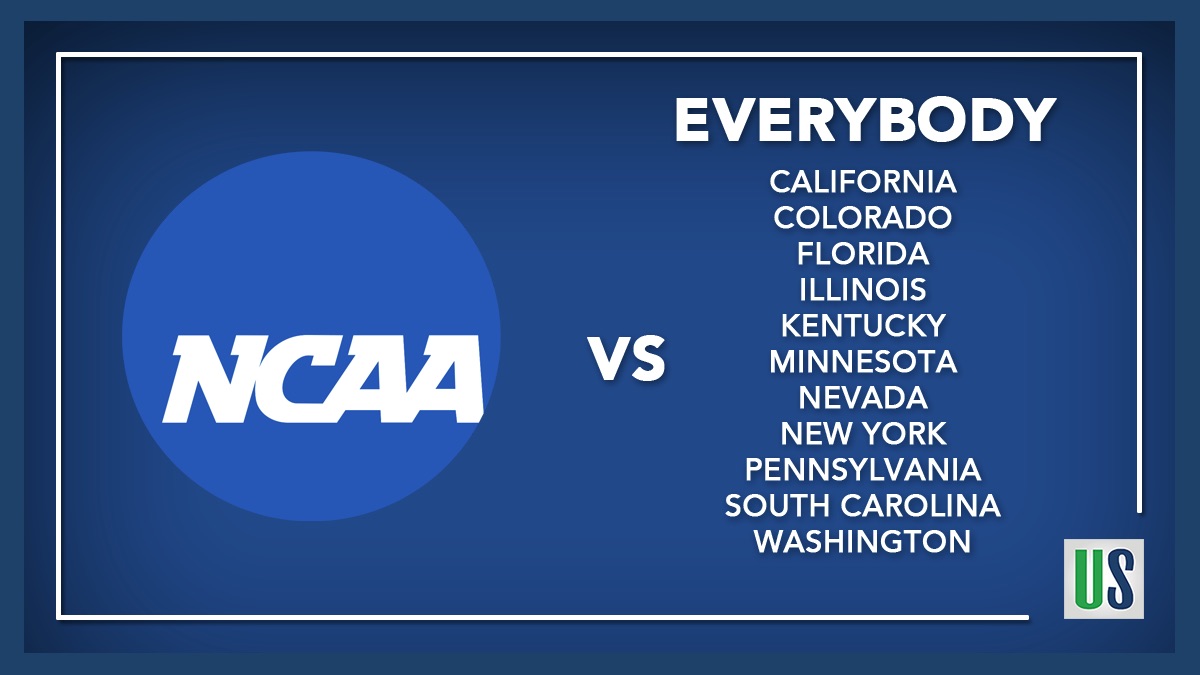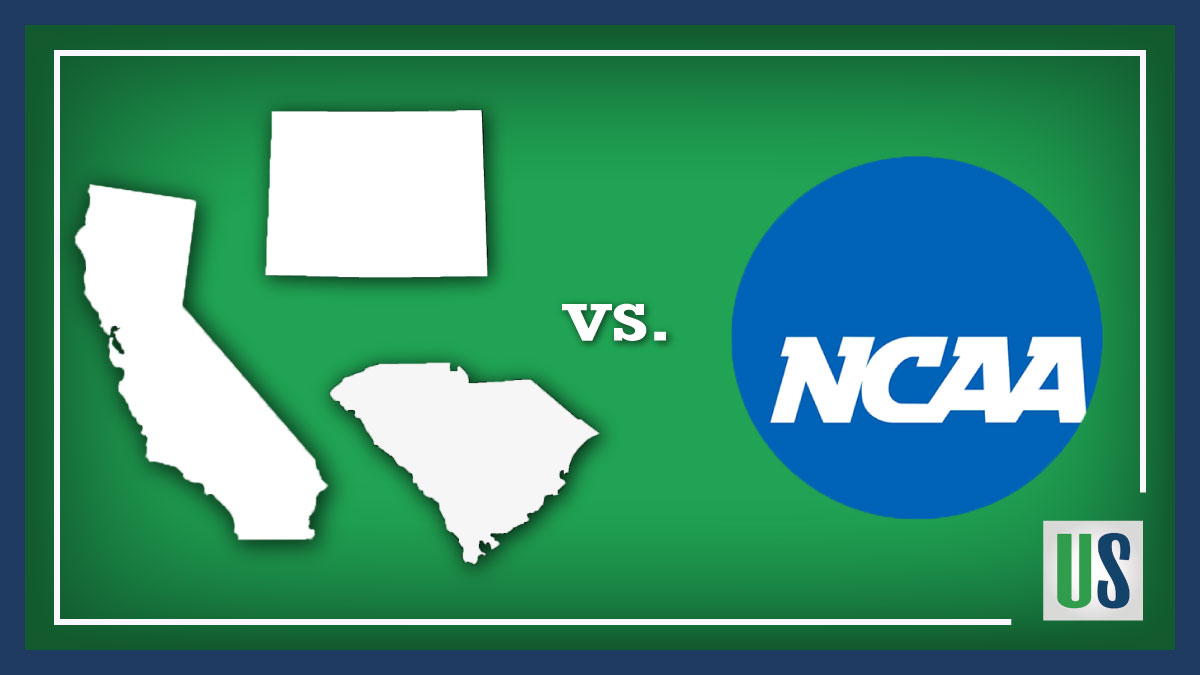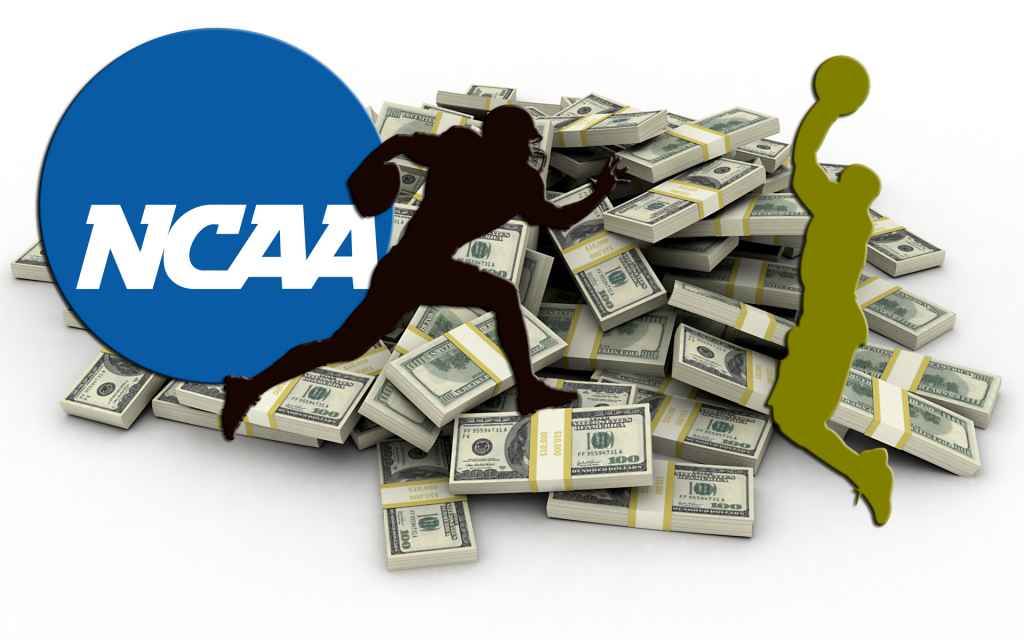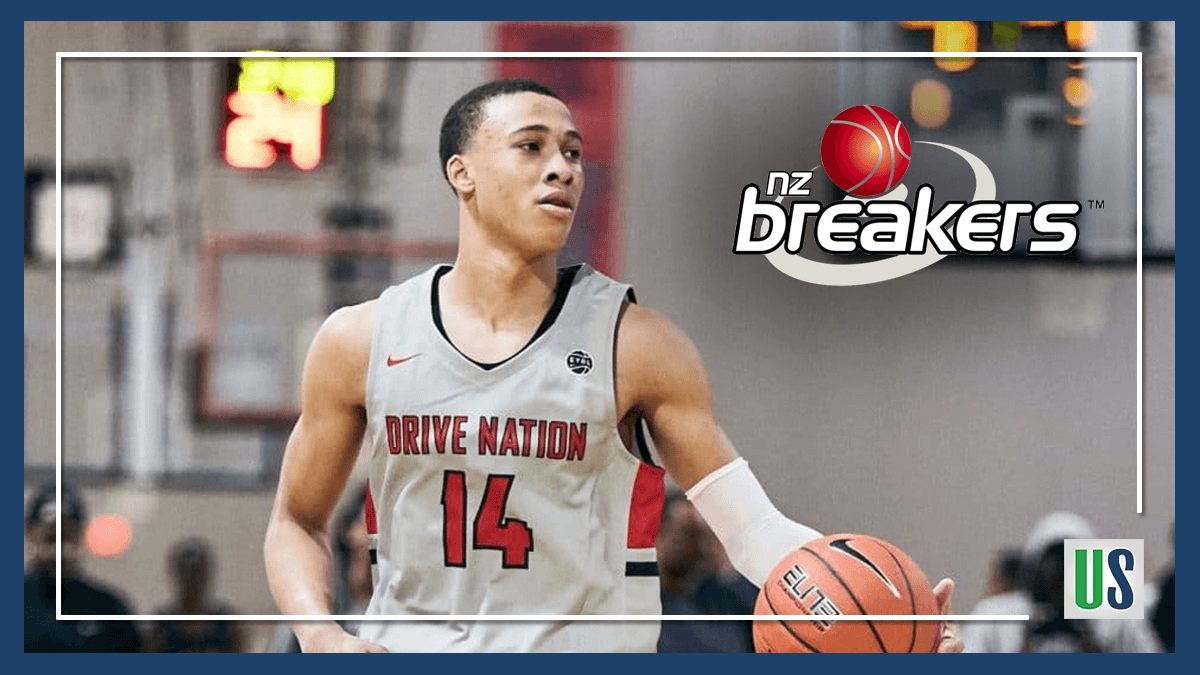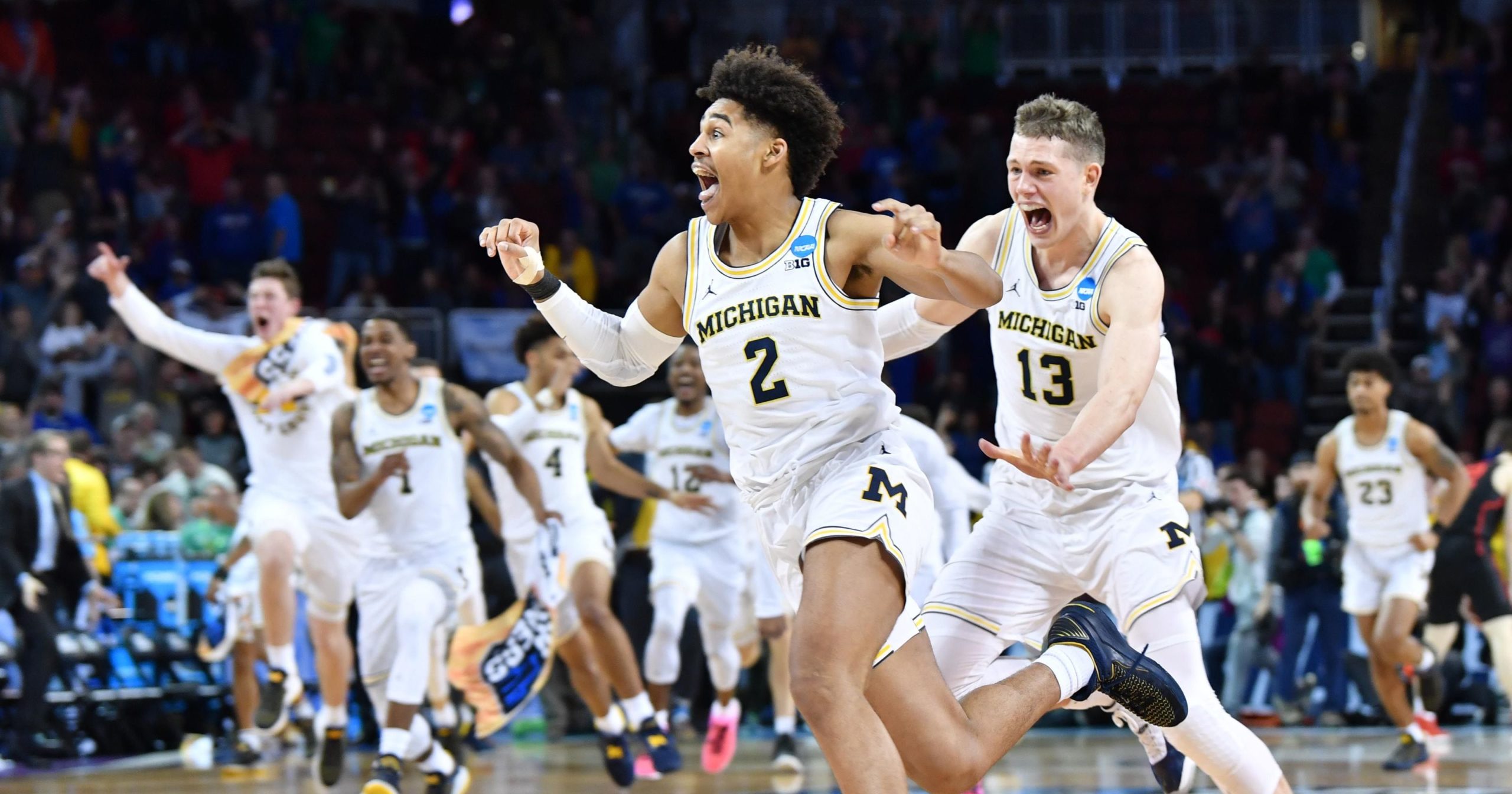California Governor Gavin Newsom created a firestorm when he signed the Fair Pay to Play Act into law. Starting in 2023, college athletes in California will be able to profit from their name, image, and likeness (NIL). They will also be able to sign with agents. After the act became law, several states announced plans to enact similar legislation. Among those states, was the state of Flordia. Two lawmakers in Florida proposed bills seeking to give college athletes including NCAA players the ability to profit from their name, image, and likeness (NIL). Last week, Florida Governor, Ron DeSantis, endorsed the proposed legislation. This is a major development regarding college athlete rights. It could mean that if either of the proposed bills makes it to DeSantis’ desk, he will likely sign it into law. Therefore, Florida could become the next state to allow college athletes to profit from their NIL.
However, the NCAA still has a chance to get out ahead of this NIL compensation issue. The NCAA could amend its rules to allow college athletes to profit from their NIL. The NCAA already has a working group set to address the issue soon. What would happen if the NCAA did just that and allowed college athletes to profit from their NIL? Would that make the Fair Pay to Play Act a non-issue? Would the federal government still enact a law addressing the issue? Before these questions can be answered, it is important to understand why so many state and federal lawmakers have come out in support of college athletes’ rights.
The Reason So Many Legislators are Interested in College Athletes’ Rights
The short answer is because it is the right thing to do. College sports are a billion-dollar industry. It is becoming increasingly difficult to ignore the blatant inequities in college sports. The benefits that college athletes receive pales in comparison to the benefits that their labor bestows upon others. For example, It was recently reported that several high profile college coaches have access to private jets for personal use. Access to such amenities are apart of their contracts.
As if it was not enough for some coaches to make severely more money than the governor of the state in which they coach, they have to have access to private jets too.
It is things like this that make it extremely hard to argue that college athletes should not be allowed to have a bigger piece of the college sports pie. Governor DeSantis realized this fact when he was attending a football game. His reason for endorsing the proposed legislation stems from him realizing that members of the marching band can make money promoting music on their YouTube channel. However, the football players who perform in the same field do not have a similar ability to profit from their talents. It is this inherent inequity and unfairness between the rights and abilities of college athletes versus those of other students that have sparked the interest of so many lawmakers.
What Happens if the NCAA Amends its Rules to Allow NIL Compensation?
While state and federal lawmakers are busy drafting college athletes’ rights legislation, the NCAA’s working group plans to address the issue. The working group is expected to announce its findings and recommendations very soon. The pressure is certainly on for the NCAA. Everyone is waiting to see if the NCAA will make recommendations that actually benefit college athletes. If the NCAA does amend its rules to allow college athletes to profit from their NIL, what will that mean for the Fair Pay to Play Act and other proposed legislation?
A World Where the NCAA Allows College Athletes to Profit From Their NIL
If the NCAA amends its rules in a meaningful way to allow NIL compensation, there is a chance that the NCAA could make the need for legislation go away. The Fair Pay to Play Act is not set to go into effect until 2023. Accordingly, the NCAA has time to remedy this situation themselves. However, in order to accomplish that the NCAA has to be willing to make meaningful change and allow college athletes to profit from their NIL and sign with agents with essentially no strings attached. The NCAA should not try to “tether” the endorsements to education or subject them to any other stipulation. The NCAA should do the right thing and allow college athletes to profit from their NIL like the Fair Pay to Play Act other proposed legislation intends to do.
If the NCAA does that there will not be a need for legislation and it will make the Fair Pay to Play Act obsolete. However, the NCAA’s track record paints a pretty bleak picture that they will do that. Furthermore, the stance that members of the working group have taken on the issue does not lead one to believe that meaningful change will be coming from the working group. Based on this, it is likely that some form of legislation will be necessary. However, the true outcome of the NIL compensation working group remains to be seen.

